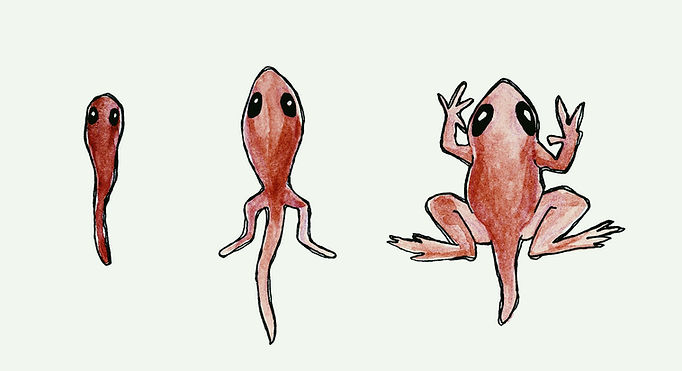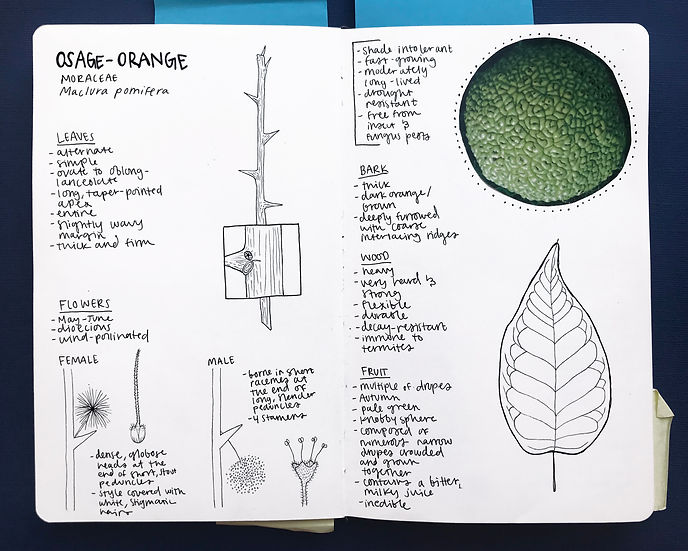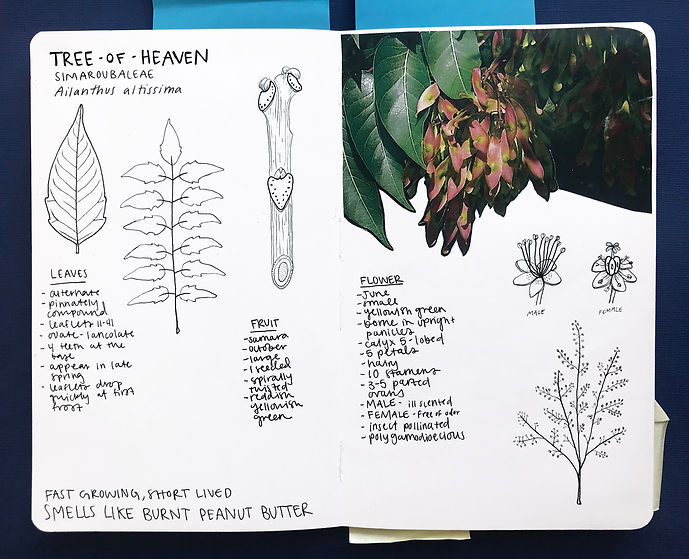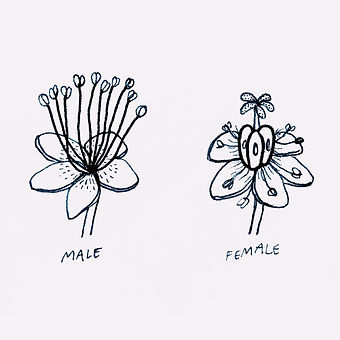



.jpg)
Poison Arrow Dart Frogs
Watercolor, colored pencil, felt-tip pen
This collection developed through a process of observation, documentation, and research. While visiting The Creature Conservatory in Ann Arbor, MI, I observed the aesthetic elements of live poison arrow dart frogs, photographed them from several angles, and referenced those images to create final works of art. These illustrations were sketched using a colored pencil, layered with watercolor, and detailed with a felt-tip black pen. Poison Arrow Dart Frogs make their home in tropical regions of Central and South America, however, they're declining in population due to human byproducts of trash and pollution. All frogs are considered indicator species - species that have niche or sensitive living conditions, so their absence or presence yields information about the environment. Frogs have thin, breathable skin that is hypersensitive to toxicity. When an environment is polluted, they're one of the first to die off. Conversely, if you see an abundance of frogs, you're in a clean area.

.jpg)
.jpg)
.jpg)
.jpg)
.jpg)
.jpg)

Tanzanian Beetle
Charcoal, Photoshop
Beetles are the most abundant and diverse group of organisms on the planet. Considering all of the animal species documented, it's estimated that one out of four organisms alive right now is a beetle. If we put an accurate proportion of animals based off of population-size into the same room, the place would be crawling with beetles. There's a predicted three-million species of beetles on earth, and only 350,000 of them have been identified. That's why I don't hold a grudge against entomologists for not giving this particular beetle a common name (yet). Known only by its Latin name, Stenodontes downesi, this beetle can be found in tropical regions of Africa. My particular beetle (who arrived dead and dehydrated in the mail) is from Tanzania. After getting acquainted, the first part of this project was to create an outline sketch with accurate formal proportions. This step involved stringent measuring and double checking to reach absolute precision. This initial drawing was only 2x the size of the actual beetle, so I scanned it into the computer, scaled it to 12" x 18", and printed out that size. The second step of this process was to add shading and detail with charcoal. I transferred the 12" x 18" outline print onto final paper and placed the beetle under a microscope to see every tiny hair, bump, indent, highlight, and shadow. Using charcoal pencils, charcoal dust, paint brushes, and a rubber eraser, I entered into a state of pure flow and finally threw in the towel after a total of 30 (non-consecutive) hours. The third (and thankfully last) step was to clean up the edges in Photoshop and add identification labels.



Red Fox Skull
Graphite, Photoshop
My approach to this illustration was to practice an old school graphite technique where no blending is allowed, so layers were slowly built with light crosshatching. The outline was drawn from observation of a live skull, using a grid for accuracy. Out of the many skulls available, I chose to focus on red fox because it's a local Michigan animal. Skulls reveal a wealth of animal lifestyle information - habitat, stature, prey status, diet, and more. By looking at the teeth of this skull, we can see that its incisors (used for biting and gnawing on meat) are sharp, its canines (used for piercing and holding prey) are large and sharp, and its molars (used for grinding) are flat. This special combination of sharp and flat teeth reveals that the animal is an omnivore. Red foxes are opportunistic omnivores who eat what they can get. Their diverse diet consists of wild berries, flowers, acorns, seeds, human crops like apples and corn, squirrels, deer, rabbits, eggs, snakes, and insects.

.jpg)
.jpg)

.jpg)
.jpg)

.jpg)
.jpg)

.jpg)
.jpg)
Field Notes
Felt-tip pen
Through my academic experience, I've had the privilege of taking three field botany classes. Knowledge of plant identification is one of the most empowering and grounding parts of my life. As I was learning the subtle differences between leaf scars, buds, and flowers, I found sketching to be a powerful observation tool. Translating complex life into simple line drawings asks you pull out the most distinct details - details that would've been overlooked without the challenge of visual replication.